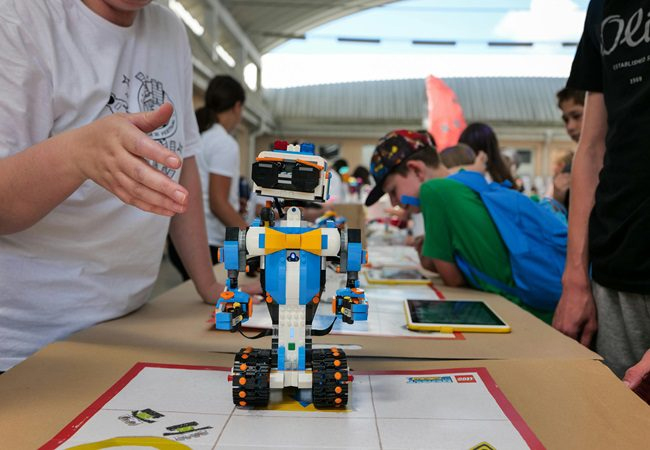Introduction:
In the landscape of modern manufacturing, Robotics and Artificial Intelligence (AI) have emerged as catalysts for transformation. Their integration into production processes is not just a trend but a fundamental shift that promises increased efficiency, precision, and scalability. Let’s explore five compelling ways in which Robotics and AI are revolutionizing the manufacturing industry.
- Automation of Repetitive Tasks:
Traditionally, manufacturing processes involved repetitive tasks that were both labor-intensive and time-consuming. However, with the advent of Robotics and AI, automation has become a reality. Robots equipped with AI algorithms can perform mundane tasks with precision and consistency, freeing human workers to focus on more complex activities. This automation leads to increased productivity and cost savings for manufacturers. - Enhanced Quality Control:
Quality control is paramount in manufacturing to ensure that products meet stringent standards and specifications. Robotics and AI play a crucial role in enhancing quality control processes. AI-powered vision systems can inspect products with unparalleled accuracy, detecting defects and deviations in real-time. This proactive approach to quality control minimizes errors, reduces waste, and ultimately improves the overall product quality. - Flexibility and Adaptability:
In today’s fast-paced manufacturing environment, flexibility and adaptability are essential for staying competitive. Robotics and AI enable manufacturers to reconfigure production lines quickly and efficiently to accommodate changing demands and market trends. Collaborative robots, or cobots, equipped with AI capabilities can work alongside human operators, seamlessly adapting to new tasks and environments. This flexibility allows manufacturers to respond swiftly to customer needs and market fluctuations. - Predictive Maintenance:
Unplanned equipment downtime can wreak havoc on manufacturing operations, leading to costly delays and production losses. However, Robotics and AI offer a solution in the form of predictive maintenance. By leveraging AI algorithms and sensor data, manufacturers can predict equipment failures before they occur, allowing for timely maintenance interventions. This proactive approach minimizes downtime, extends equipment lifespan, and optimizes maintenance schedules, ultimately improving operational efficiency and reducing costs. - Empowering Workforce with Collaborative Robots:
Contrary to popular belief, Robotics and AI are not replacing human workers but augmenting their capabilities. Collaborative robots, designed to work alongside humans in shared workspaces, are empowering the manufacturing workforce. These cobots are equipped with advanced safety features and AI-driven learning capabilities, allowing them to assist workers in various tasks, from assembly to material handling. By leveraging the strengths of both humans and robots, manufacturers can achieve higher levels of productivity and efficiency.
Conclusion:
Robotics and Artificial Intelligence are revolutionizing the manufacturing industry in profound ways. From automation and quality control to flexibility and predictive maintenance, the integration of Robotics and AI is driving unprecedented levels of efficiency, precision, and innovation. As manufacturers continue to embrace these technologies, they will not only remain competitive in today’s dynamic market but also pave the way for a more sustainable and resilient future.


